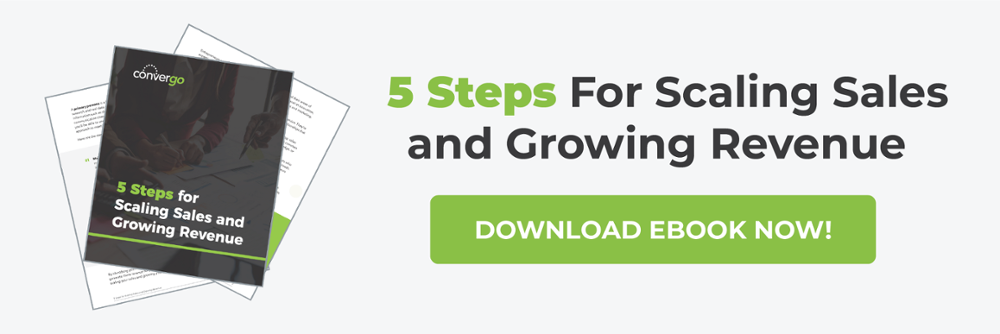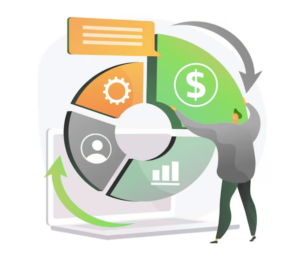As an entrepreneur, growing revenue and scaling sales is crucial to the success of your business. However, it can be challenging to achieve these goals if you don’t have a documented Ideal Client Profile. This detailed description of your target customer will enable you to identify who your Ideal Prospects are and also serve as a filter to determine if a potential client will be a good fit. Knowing who your ideal clients are helps you pinpoint exactly where to focus your marketing efforts. When your marketing is pointed at those most likely to purchase what you’re offering, you have the most potential for sales growth.
Identifying Your Ideal Client Profile
Your ideal client profile (ICP) is not a one-size-fits-all solution. Ideal Clients are an intersection of the clients that:
- You are operationally optimized to serve
- Are the most valuable to your business
- Align with your team and values.
The high-level components of an ICP are:
- Description: One or two sentences that describe the characteristics of the companies who are a perfect fit for your solution.
- Data Points: This includes demographic data such as size of the company, including number of employees and revenue, location, and other specific company traits.
- Primary Personas: A primary persona is a fictional representation of your ideal clients based on market research and real data about your existing clients. At the very least, it should include: motivations, role goals, pain points, and preferred communication channels. The more specific and detailed your buyer persona is, the better you’ll be able to understand your target audience and tailor your marketing and sales approach to meet their needs.
Documenting your Ideal Client Profile (ICP) should enable you to pull “The List,” which is the actual businesses that meet the criteria in the ICP. This should be an addressable market for your sales and marketing efforts. If The List is too broad, reel in the data points on the ICP. Then, you can operationalize your ICP to realize the following benefits:
The Role of an Ideal Client Profile in Scaling Sales and Growing Revenue
Once you’ve put the proper plan into action to develop your ICP, what results should you expect? What benefits come from identifying your ideal client?
Focuses your Sales and Marketing Energy and Spend
Spending time and money without focusing on an ideal Client is wasteful. Once you have an addressable market, 100% of your sales and marketing spend and energy can be focused on ideal prospects and clients instead of diluting the spend on the wrong prospects for your business.
Improves Your Message
Your ICP includes your target personas and their desired outcomes. Having a more narrow ICP enables you to craft a message more likely to resonate with your ideal clients and prospects. So, when your prospects see your message, they are more likely to engage.
Enhances Your Client Satisfaction
Depending on your business, when your sales and marketing efforts bring on the wrong clients, operational challenges can be created. Your team should be operationally optimized to serve ideal clients in an efficient and effective manner. So naturally, bringing on ideal clients improves client satisfaction.
Increases Your Revenue
Focusing your sales and marketing energy, improving your message, and enhancing client satisfaction will of course lead to revenue growth. Moreover, satisfied customers are more likely to refer others to your business, leading to a steady stream of new customers and revenue.
By identifying your ideal clients, you can better target your sales and marketing efforts and generate more revenue for your business.
Developing an ideal client profile is essential for any business looking to scale its sales and grow its revenue. It helps you focus on serving businesses that align with your values and expertise, ultimately providing the best possible outcomes for your clients. Following these tips, you can describe your ideal client and develop targeted marketing and sales strategies to reach them effectively. The next step to scaling your sales and growing your revenue is focusing on your messaging, which we will explore in the next blog.
To learn more, download our ebook, “5 Steps for Scaling Sales and Growing Revenue”, today!





